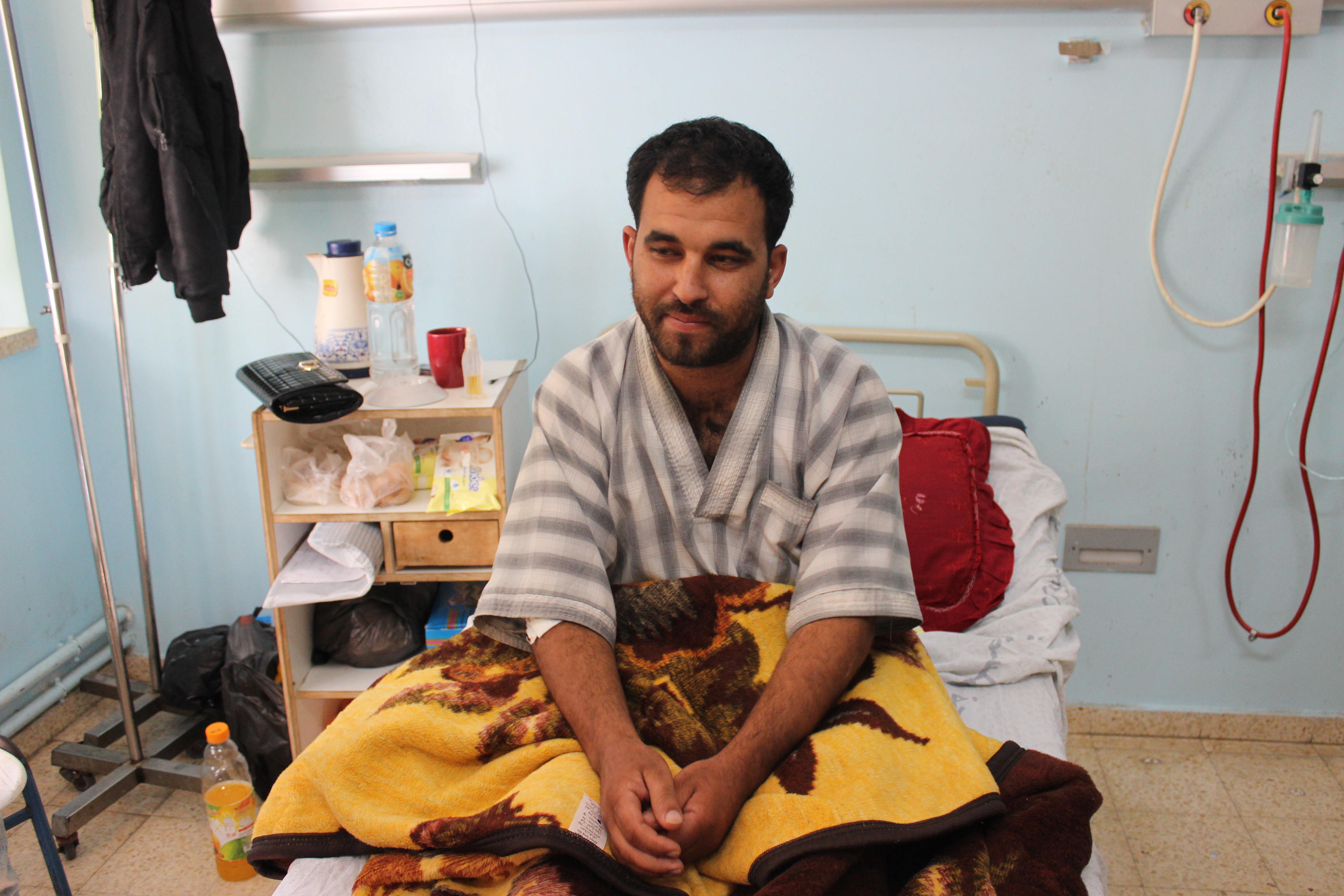Tag: Al Faraheen
-
In Gaza, another farmer shot by a sniper for working his land
December 8th, 2015 | International Solidarity Movement, Gaza team | Khan Younis, Gaza strip, occupied Palestine A week ago Mohamed Abu Taima, 29 years-old and father of a small girl, was working his land 450m from the separation fence when an Israeli sniper shot him. At 4pm, he had arrived to his land in Al Faraheen,…
-
Thanksgiving in Gaza
by Radhika Sainath 25 November 2011 | Notes from Behind the Blockade It all started with a simple question from Jabar, a Palestinian farmer from Faraheen, during Eid al-Adha, the festival of sacrifice. “Is there an American eid (holiday) where you slaughter an animal?” he asked Nathan, a colleague here in Gaza, a few weeks…
-
My speech for Vik’s memorial in Faraheen
29 May 2011 | Nathan Stuckey, International Solidarity Movement – Gaza Many of you here have known Victor longer than I. I will not tell you about what a great person Victor was, you already know that. I will instead offer you a Victor you might not have known, a Victor that fate never allowed.…


